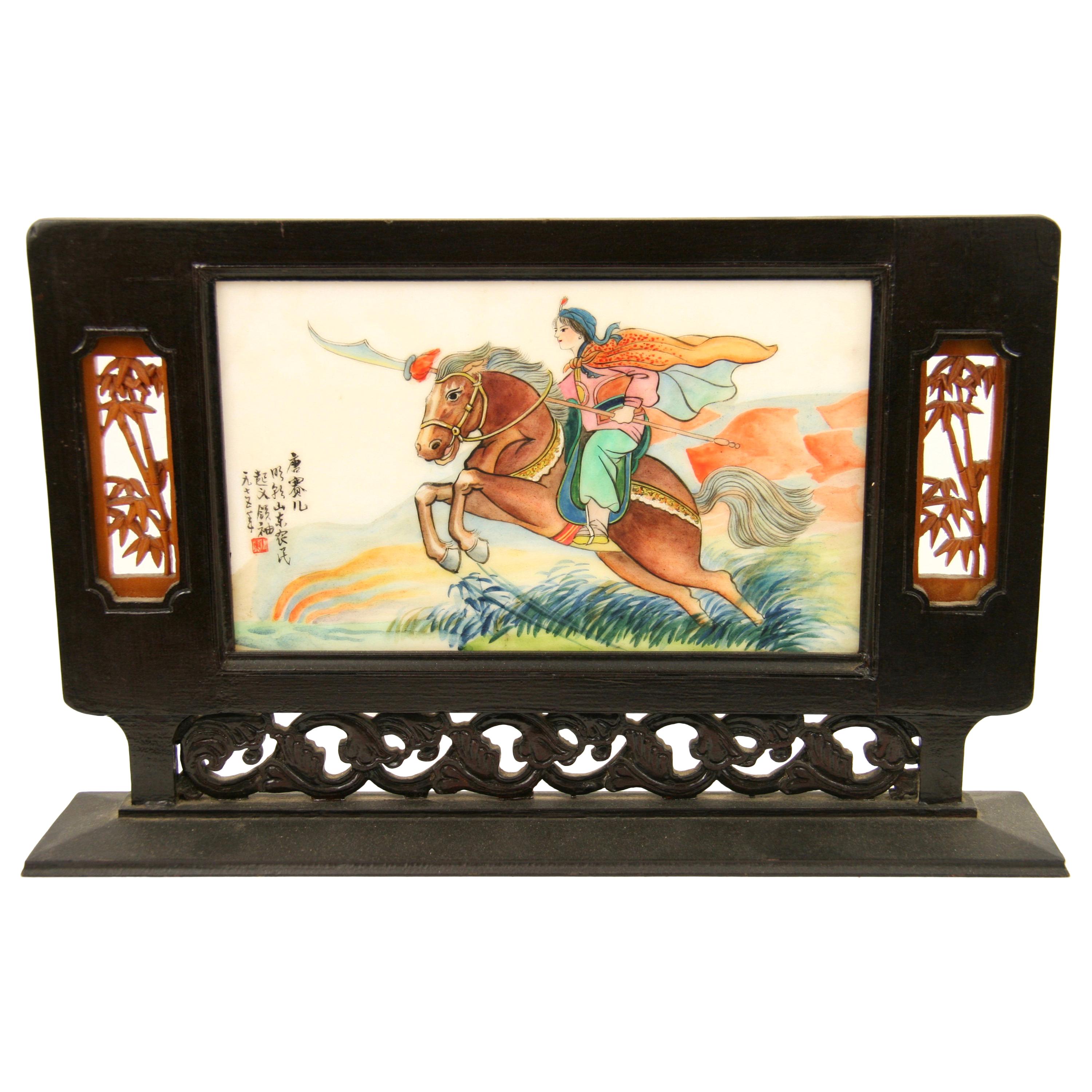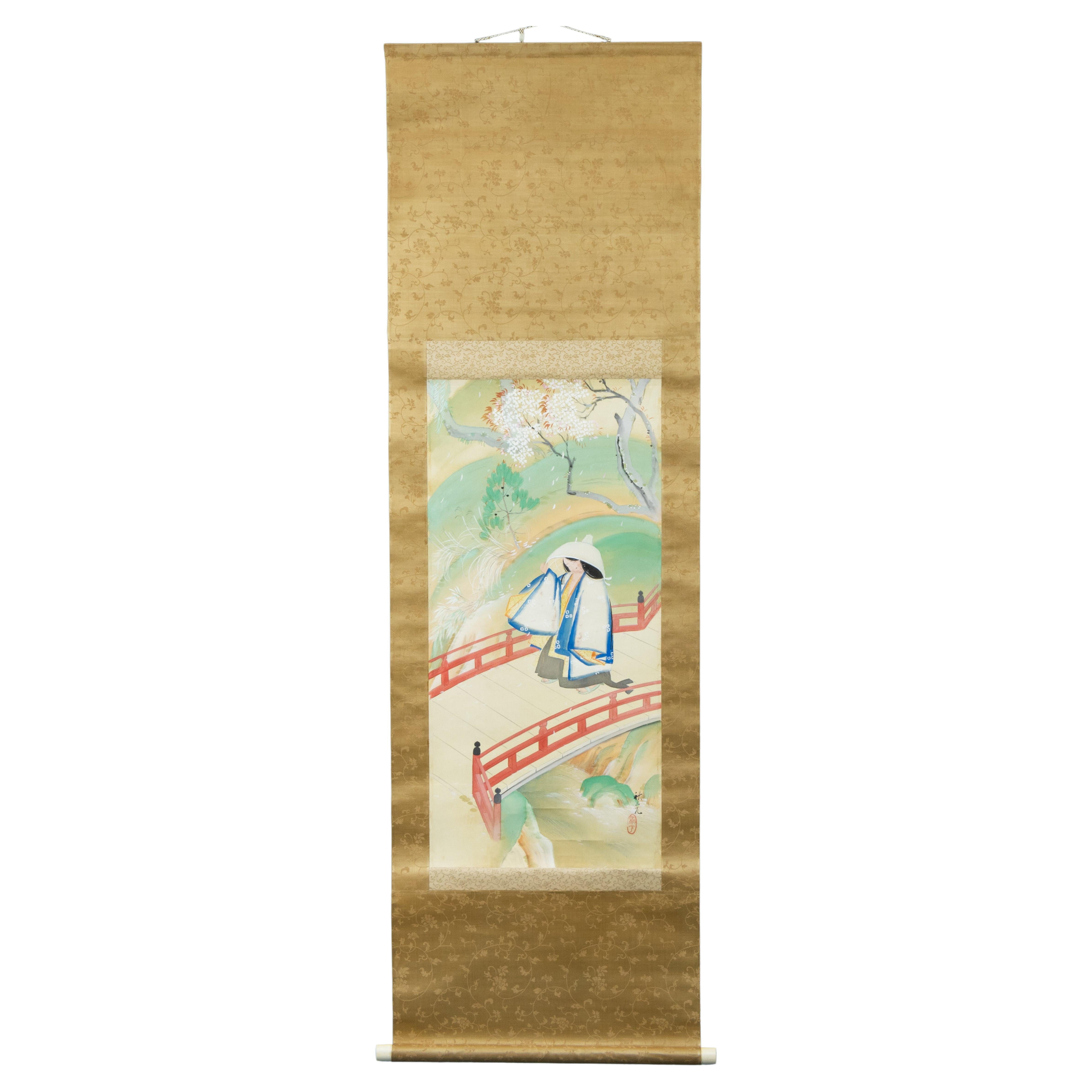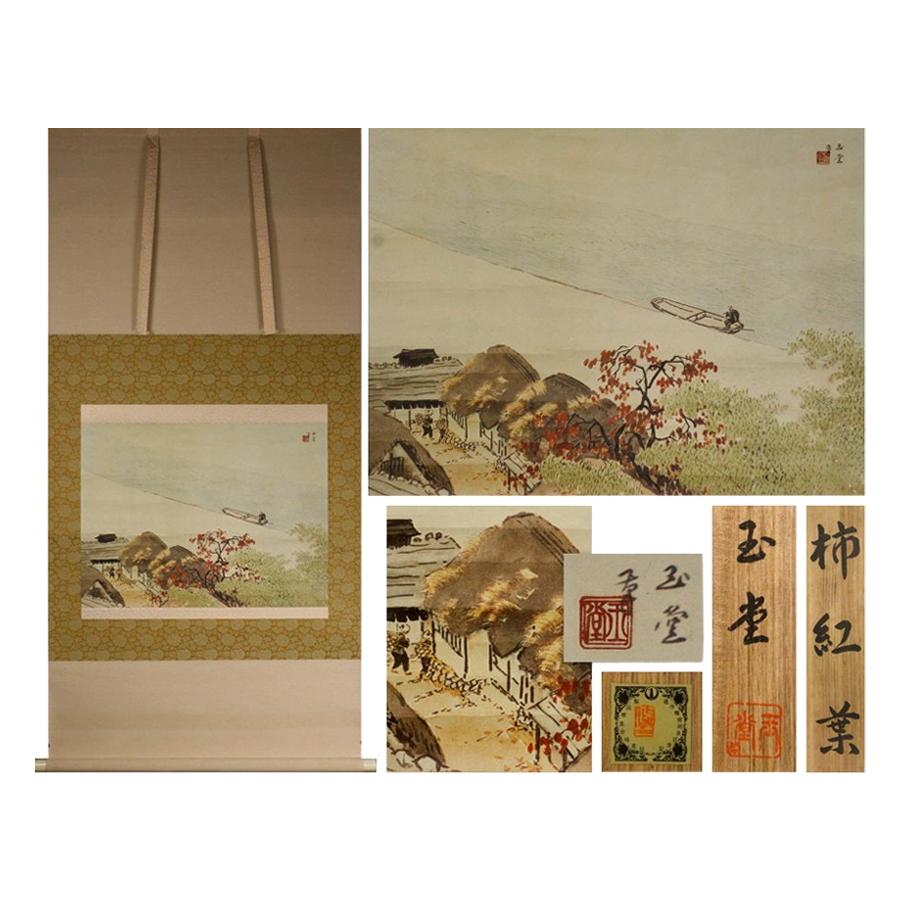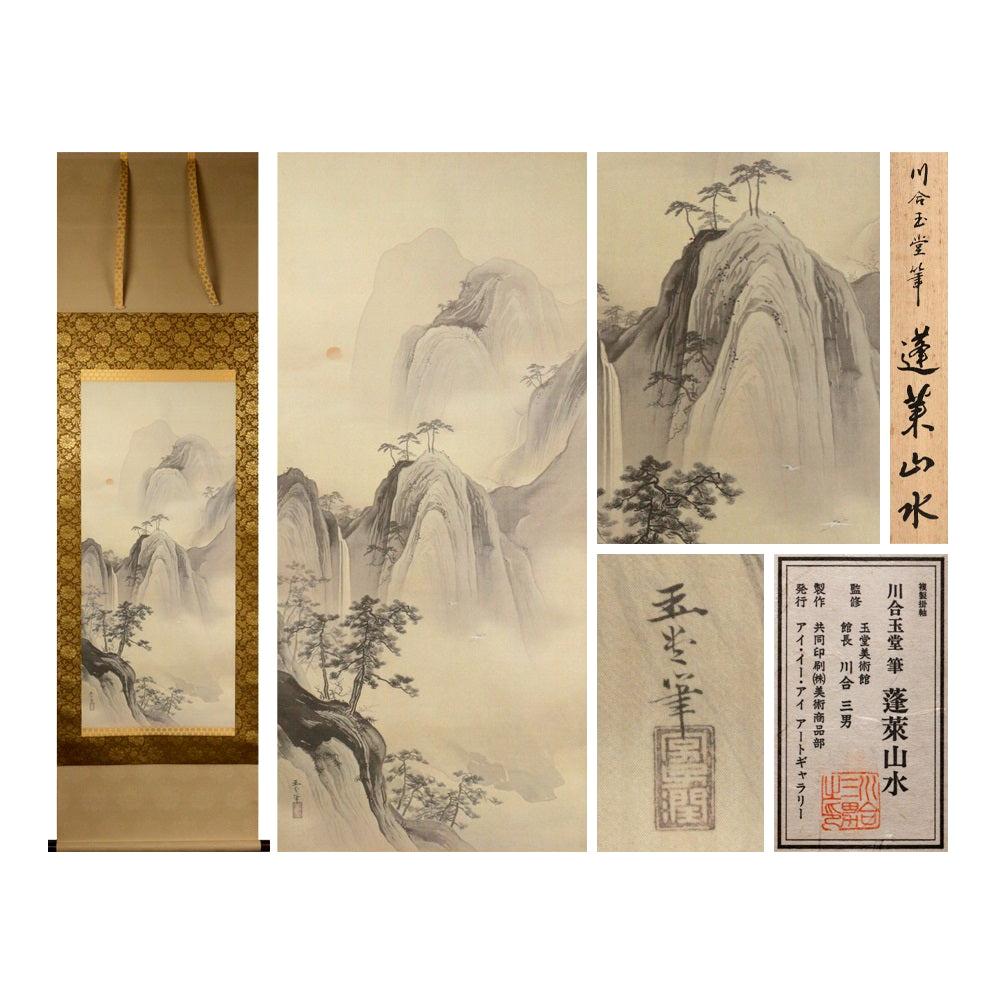Items Similar to Abstract Stone Sculpture by Unknown Artist from Japan
Want more images or videos?
Request additional images or videos from the seller
1 of 10
Abstract Stone Sculpture by Unknown Artist from Japan
About the Item
A stone object of unknown author from Japan. The stone is carved and polished. Very attractive shape and high quality nice work.
- Dimensions:Height: 15.36 in (39 cm)Width: 6.3 in (16 cm)Depth: 3.15 in (8 cm)
- Style:Mid-Century Modern (Of the Period)
- Materials and Techniques:
- Place of Origin:
- Period:
- Date of Manufacture:Unknown
- Condition:Wear consistent with age and use.
- Seller Location:Sammu-shi, JP
- Reference Number:1stDibs: LU5487224314952
About the Seller
5.0
Platinum Seller
These expertly vetted sellers are 1stDibs' most experienced sellers and are rated highest by our customers.
Established in 2015
1stDibs seller since 2020
1,091 sales on 1stDibs
Typical response time: 5 hours
- ShippingRetrieving quote...Ships From: Taito-ku, Japan
- Return PolicyA return for this item may be initiated within 7 days of delivery.
More From This SellerView All
- Abstract Sculpture by Jules AgardBy Jules AgardLocated in Sammu-shi, ChibaAbstract Sculpture by Jules Agard Hand painted abstract sculpture by Jules Agard in Valaris terracotta from the 1950s. ??Jules Agard?? Jules Agard, ...Category
Vintage 1950s French Mid-Century Modern Abstract Sculptures
MaterialsTerracotta
- Japanese Old Crane Painting / Picture Frame / 1900s-1930s / Picture of Two CraneLocated in Sammu-shi, ChibaIt is a framed picture of two cranes used in the space between the columns in the Meiji era. The frame is made of chestnut and the color is like lacquer....Category
Antique Early 19th Century Japanese Japonisme Decorative Art
MaterialsPaper
- Japanese Antique Ink Painting / 19th Century / Rare Chinese Character PaintingLocated in Sammu-shi, ChibaWe have a unique Japanese aesthetic sense. And only we can introduce unique items through our purchasing channels in Japan and the experience we have gained so far, in such a way that no one else can imitate. It is an ink painting written after the Meiji era. The biggest attraction of this work is that it uses Chinese characters to create paintings. To explain in detail, it is written here in Chinese characters as "un-ryu" . "Un" is a cloud and "ryu" is a dragon. These are embodied and drawn by comparing them to the meaning of Chinese characters. And the clouds depict the clouds hanging over the mountain, and the dragon depicts the climbing toward the mountain. Humorous paintings...Category
Antique Late 19th Century Japanese Edo Paintings
MaterialsAcrylic, Paper
- Japanese antique sketch scroll / 1800-1900 / Flower, bird and animal paintingsLocated in Sammu-shi, ChibaThis is a rough sketch of a Japanese painting drawn around the late Edo period to the early Meiji period (1800-1900) in Japan. A picture is drawn by sticking and connecting short pi...Category
Antique 19th Century Japanese Edo Paintings and Screens
MaterialsPaper
- Japanese Old Appreciation Stone/Scholars Stone/Mountain Landscape FigurineLocated in Sammu-shi, ChibaI would like to introduce some wonderful stones mined in Japan. This is probably a stone produced in Shizuoka Prefecture or Wakayama Prefecture. It is believed that the quarrying a...Category
20th Century Japanese Showa Scholar's Objects
MaterialsLimestone
- Antique hanging scroll of Japanese cat/Late Edo-Meiji period/Cat paintingLocated in Sammu-shi, ChibaThis is a picture of a cat drawn by a person named "Toshizumi Nitta" from the end of the Edo period to the beginning of the Meiji period. She is a very simple and cute cat. He is a vassal of the Tokugawa Shogunate, born in Ota City, Gunma Prefecture (southern part of Gunma Prefecture). He was related to the Tokugawa family and lived in a large mansion in the Ota clan in Gunma prefecture. However, the Nitta family's territory was very small, and they were by no means a wealthy vassal. He seems to have lived quite poorly. So he painted cats and sold them to people. The Nitta family continued to draw pictures of this cat for four generations. "Nitta toshizumi" is equivalent to the fourth generation. During the Edo period, sericulture was thriving in the Kanto region. Cats were said to be the gods of silkworms, as they drive away mice, the natural enemies of silkworms. It was the Nitta family who drew such a cat on paper, pasted it in the silkworm chamber, and sold it as a mouse repellent. There were also other monks who painted pictures of cats, but the Nitta family in particular was related to the Tokugawa family, so people believed that paintings of cats had special powers. , a lot of paintings...Category
Antique Late 19th Century Japanese Edo Paintings
MaterialsPaper
You May Also Like
- Painted Japanese Marble Warrior PanelLocated in Douglas Manor, NY1-4035 Hand painted marble panel set in a wood frame.Category
Vintage 1940s Paintings and Screens
MaterialsMarble
- Japanese Painting Scroll Crane Landscape Nihonga Japan Artist SignLocated in Amsterdam, Noord HollandJapanse school Vrouw op brug Rolschildering / scroll op zijde, benen rollers. B 77.5 x 36.9 / 160 x 49 cm 77.5 x 36.9 / 160 x 49 cm.Category
Antique Mid-19th Century Japanese Meiji Paintings and Screens
MaterialsSilk
- Artists Kawai Gyokudō Showa Period Scroll Japan 20c Artist NihongaLocated in Amsterdam, Noord HollandKawai Gyokudo (?? ??, November 24, 1873-June 30, 1957) was the pseudonym of a Japanese painter in the Nihongo school, active from Meiji through Showa period Japan. His real name was Kawai Yoshisaburo. Contents Biography Gyokudo was born in what is now Ichinomiya city, Aichi Prefecture, as the eldest son of a paper, ink and brush merchant. He went to Kyoto in 1887 to study under Kono Bairei of the Maruyama-Shijo school of painting. In 1896, he moved to Tokyo and he became the student of Hashimoto Gaho, of the Kano school. He also studied Western-style painting and developed a highly personal style, especially in the field of landscape painting. Gyokudo is noted for his polychrome and occasionally monochrome works depicting the mountains and rivers of Japan in the four seasons, with humans and animals shown as part of the natural landscape. Among his representative works are Futsuka zuki (“The New Moon”), Yuku haru (“The Departing Spring”), Mine-no-yu (“Evening at the Mountain Top”), and Bosetsu (“Snow in the Evening”). In 1898, Gyokudo joined with Okakura Tenshin and Yokoyama Taikan...Category
20th Century Japanese Taisho Paintings and Screens
MaterialsSilk
- Artists Kawai Gyokudō Showa Period Scroll Japan 20c Artist NihongaLocated in Amsterdam, Noord HollandKawai Gyokudo (?? ??, November 24, 1873-June 30, 1957) was the pseudonym of a Japanese painter in the Nihongo school, active from Meiji through Showa period Japan. His real name was Kawai Yoshisaburo. Contents Biography Gyokudo was born in what is now Ichinomiya city, Aichi Prefecture, as the eldest son of a paper, ink and brush merchant. He went to Kyoto in 1887 to study under Kono Bairei of the Maruyama-Shijo school of painting. In 1896, he moved to Tokyo and he became the student of Hashimoto Gaho, of the Kano school. He also studied Western-style painting and developed a highly personal style, especially in the field of landscape painting. Gyokudo is noted for his polychrome and occasionally monochrome works depicting the mountains and rivers of Japan in the four seasons, with humans and animals shown as part of the natural landscape. Among his representative works are Futsuka zuki (“The New Moon”), Yuku haru (“The Departing Spring”), Mine-no-yu (“Evening at the Mountain Top”), and Bosetsu (“Snow in the Evening”). In 1898, Gyokudo joined with Okakura Tenshin and Yokoyama Taikan...Category
20th Century Japanese Taisho Paintings and Screens
MaterialsSilk
- Artists Suiho Yano Showa Period Scroll Japan 20c Artist NihongaLocated in Amsterdam, Noord HollandAs you can see, it is a work of "Basho / Sparrow" drawn by Midori Yano. Under Basho, this work skillfully depicts the appearance of sparrows forming a flock and singing food. «Su...Category
20th Century Japanese Taisho Paintings and Screens
MaterialsSilk
- Artists Norikuni Kawamura, Showa Period Scroll Japan 20c Artist NihongaLocated in Amsterdam, Noord HollandAs you can see, it is a double box and a box with "Shokakuzu" written by Norikuni Kawamura. The "Shokaku-zu", which is composed of graceful textures, spreads its wings and flies, i...Category
20th Century Japanese Showa Paintings and Screens
MaterialsSilk
Recently Viewed
View AllMore Ways To Browse
Japanese Stoneware
Stoneware Japan
Carved And Polished Stone Sculpture
Retro Japanese Stoneware
Polish Stoneware
Seguso Signed Sculpture
Driftwood Piece
Massive Mid Century Sculpture
Museum Quality Mineral
White Bone Sculpture
Curtis Jere Abstract Modern Wall Sculpture
Organic L Sculpture
Tall Modernist Sculpture
Bertoia Large
Office Tools Architect
Spine Sculpture
Sculpture Palm Springs
William Wheeler





